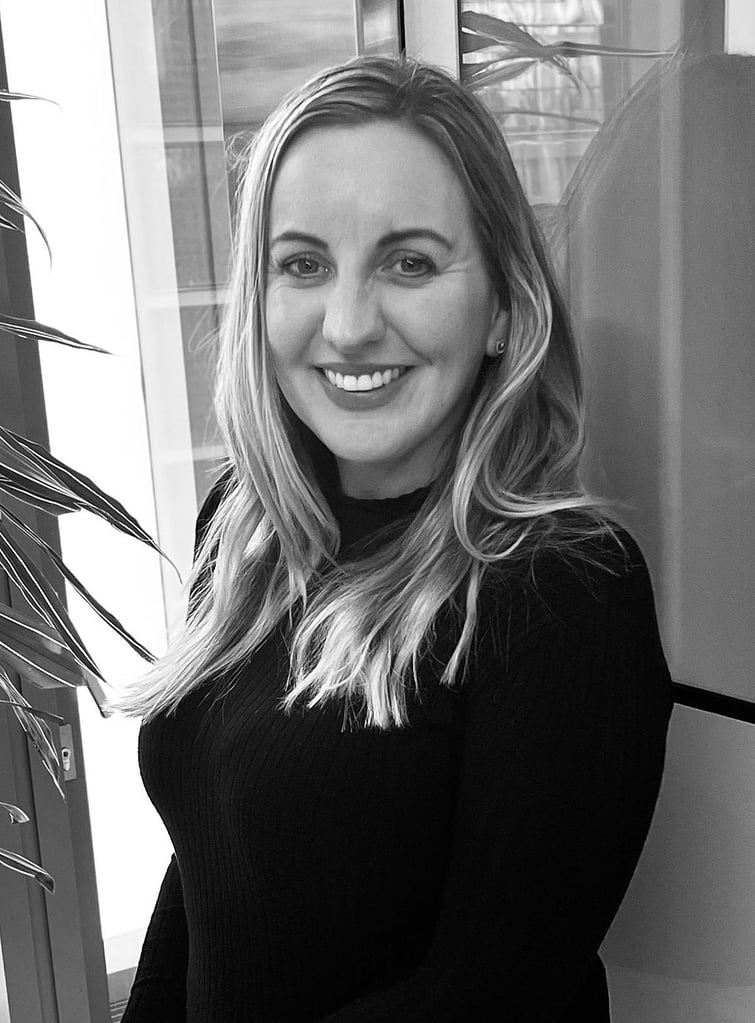It fulfills campaign goals, lowers the barrier to entry for advertisers on a small budget and can change with the weather. No wonder Aotearoa is embracing this digital strategy for real life.
Programmatic digital out-of-home (pDOOH) brings myriad benefits to physical advertising, says Sandra Scott. At the iMedia Future of Marketing Summit in August, she talked about why it’s on the rise.
“Simply put, out-of-home wasn’t keeping pace,” says Scott, who is Sales and Partnerships Director at Vistar Media.
But now, it’s put control back into the hands of the buyer, allowing them to use digital strategies in a physical world.
Not only can they pick when to show the ad and for how long, but buyers can segment and target their audiences and the measurement data gained allows clients to track effectiveness.
“It’s given consistency across an evolving digital landscape… it lets us compare apples with apples, then optimise in real time and gives focus back to the metrics that matter.”

Scott calls pDOOH the sweet spot – it still allows mass reach as well as personalisation. Currently, about 10% of digital out-of-home revenue in Aotearoa is now made up by pDOOH, compared to globally where it sits at 8%.
Programmatic also allows advertisers to be responsive, without having to lift a finger, with Scott describing pDOOH campaigns where the creative changes based on triggers, like the weather or the time of day.
“What [programmatic] is allowing a campaign to do is optimise and change creative quickly.
“Say you’re a DIY product that doesn’t have a big budget and only wants to be seen on screens within 500 metres of Bunnings and Mitre 10s and only on Saturday mornings – with a lower budget that was typically hard to buy.”
But, buying media space via pDOOH platforms like Vistar has made those campaign goals possible.
Ultimately, pDOOH levels the playing the field, creating a lower barrier to entry for advertisers, a huge boon in the era of fragmented channels and economic recession, says Scott.
It provides the space to test and learn with the ability to pause and restart campaigns and is an ideal environment for A:B testing.
“Fail fast is the phrase, but learn fast, optimise and reinvest really quickly by activating programmatically,” Scott adds.
But what she loves the most is the way that pDOOH is closing industry gaps, helping buyers and strategists work together to get the ads out to the right person at the right time.
Scott hopes that increasing education will ensure everyone knows what it has to offer as a medium, both creatively and strategically.
For those new to the pDOOH space, she suggests taking a look at current digital targeting strategies and the triggers they work with, as the majority of these can be brought across to programmatic.
Programmatic also allows marketers to use first-party data, which is particularly helpful with all of the discussions on cookies – “dead or not?” says Scott.
“We’ve always operated in a way that doesn’t rely on one-to-one targeting and so I’m really excited about the fact that we don’t have to really change our capability or even our narrative as that cookie depreciation conversation plays out.”
This was first published in the 2024 September-October NZ Marketing Magazine issue. Subscribe here.






